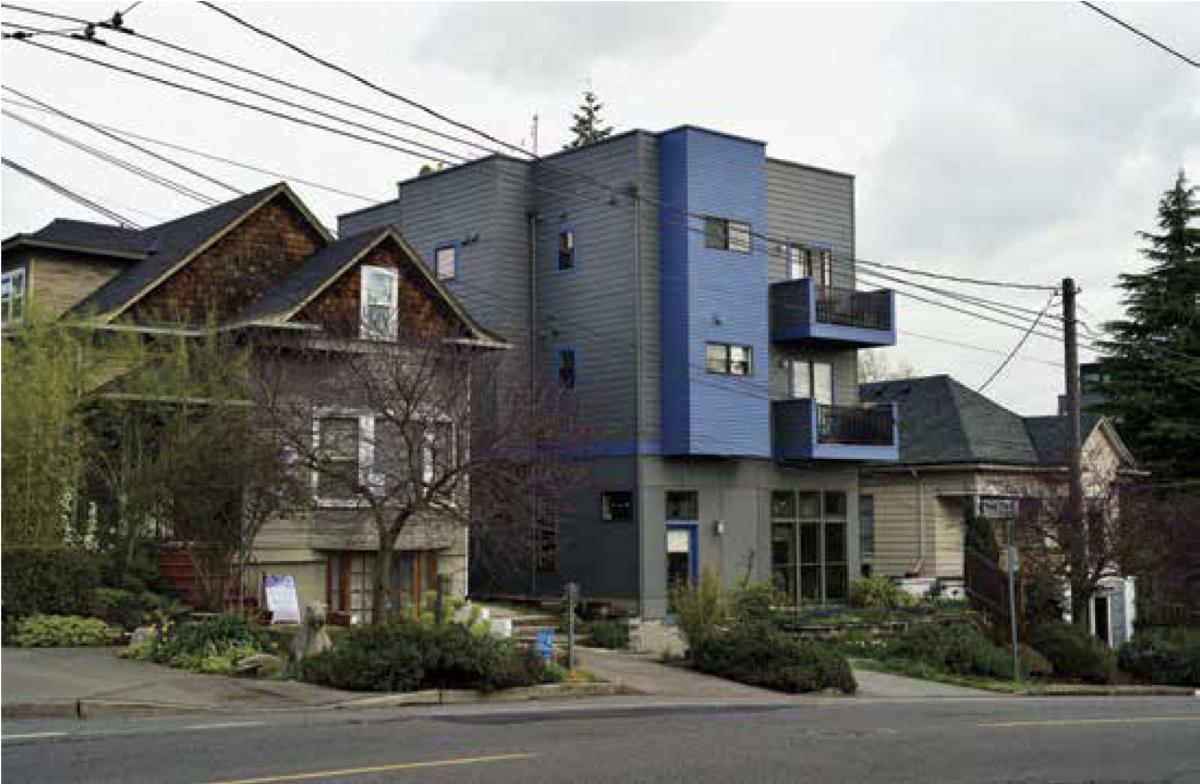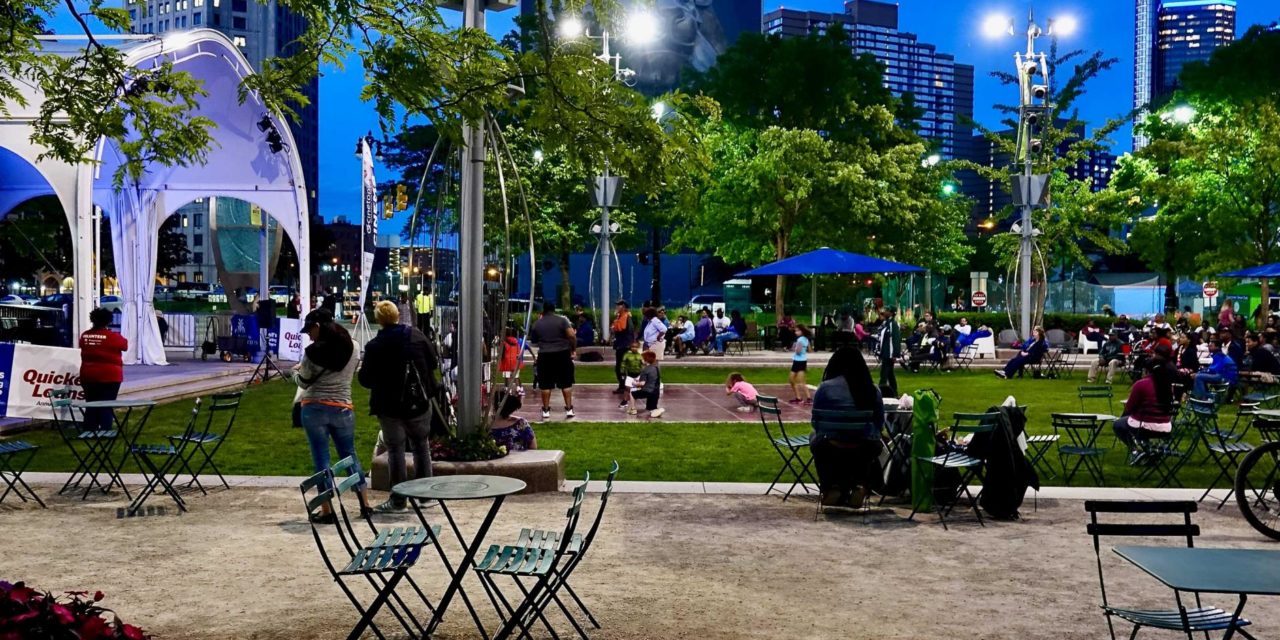The last blog post featured an interview with Abby Sheridan, former deputy director of the Congress for the New Urbanism (CNU) and now Chief Operating Officer for Memphis Medical District Collaborative (MMDC). MMDC’s best known for its work in the Edge neighborhood, where the principles of CNU have been put to work in the transformation of the once-declining neighborhood. To follow up, the following is an article from the recent CNU Journal:
A farewell to one-size-fits-all urbanism
Whatever our role in managing urban change, we must remain mindful of the underlying context of the place at hand. Place-specific considerations suggest the inadequacy of a “one-size-fits-all” mindset. Priority and process may vary based on ethnicity, national heritage, generation, or profession. It is not just a question of whether “what worked there will work here,” but the existence of different mechanisms for resolving issues of social justice and change.
A wealth of materials—conferences, studies, books, articles, renderings, installations, policies, plans, and regulations—help define the local context and relative role of core issues relating to cities and places. These issues include urban design criteria, town center definition and governance, climate change, social equity, community input, affordability, and safety.
Some refined observations follow.
Housing types
The form, size, and appearance of traditional housing types—and their affordability—are contextually dependent issues that only can be understood thoroughly through a review of market forces, regulatory systems, and cultural norms. Pundits and professionals use “character” to describe housing form and appearance. Typically, this occurs in references to design and affordability, which vary from city to city. “Culture” often is used to denote a tolerance or adoption of certain styles of living—for example, multifamily versus single-family, or density versus sprawl.

Some American cities, such as Minneapolis and Seattle, have thrown into question the traditional American preference for detached single-family zoning. Legislation either has created the premise of nonexclusive zoning districts or relaxing various forms of review for multifamily housing ormore than one dwelling on a residential lot, as shown above. Regarding legal disputes over whether a given affordable housing project should be denied, Connecticut long ago enacted legislationto shift the burden of proof to municipalities. In Washington State, the power of housing project opponents to appeal environmental impact review has been limited, and the redundancy of environmental review of projects that have undergone design review is under debate.
However, the American discomfort with density is a cultural attribute that is not an issue in other places. In the United Kingdom, where mixed uses and housing diversity are much more common, a return to quality design review is a burgeoning interest. Some debate whether this endeavor could be superior if undertaken purely by professionals, a question that would be unfathomable among progressive American peers.
Quick fixes
Frustrated by slow-moving or undemocratic bureaucracies, shorter-term, quick-win approaches have gained popularity in recent years, for several reasons. They can be declarative, colorful, and send messages about the importance of public space and more sustainable forms of transportation. They also can be presented as democratic action, with collaborative efforts easily illustrated immediately through social media. They feel good, look good, and create bragging rights for their proponents.
Yet, they are not an end in themselves, but rather a component of more contextual considered efforts. If the holistic, integrated vision is the operative model, then these quick wins—which are often labeled as “tactical” urbanism or placemaking—play a critical, supporting role. They can provide the sense that exciting things are possible. They comprise demonstrable, often politically necessary benchmarks, as part of a popular intergenerational approach that honors past, present, and future.
Professionals, stakeholders, and collaborators
Peer professions sometimes attempt to “own” issues that are multifaceted and interdisciplinary. Architects, landscape architects, and urban planners all may compete for various aspects of urbanism. Lawyers may find solutions in new regulations or advocacy that architects or planners then practice. Or even more hybrid activities such as placemaking may become the focus of even more professions and include developers, town centers, and business improvement districts.
All involved should better understand human preferences about the elements of day-to-day city life and the classic sense of urgency exhibited in the face of change over which residents feel they have little or no control. To do otherwise risks fragmentation and confusion about a perceived loss of character, with project professionals divorced from affected city dwellers and necessary perspectives on issues of congruity and integrity of a proffered solution.
TO READ MORE CLICK HERE.



